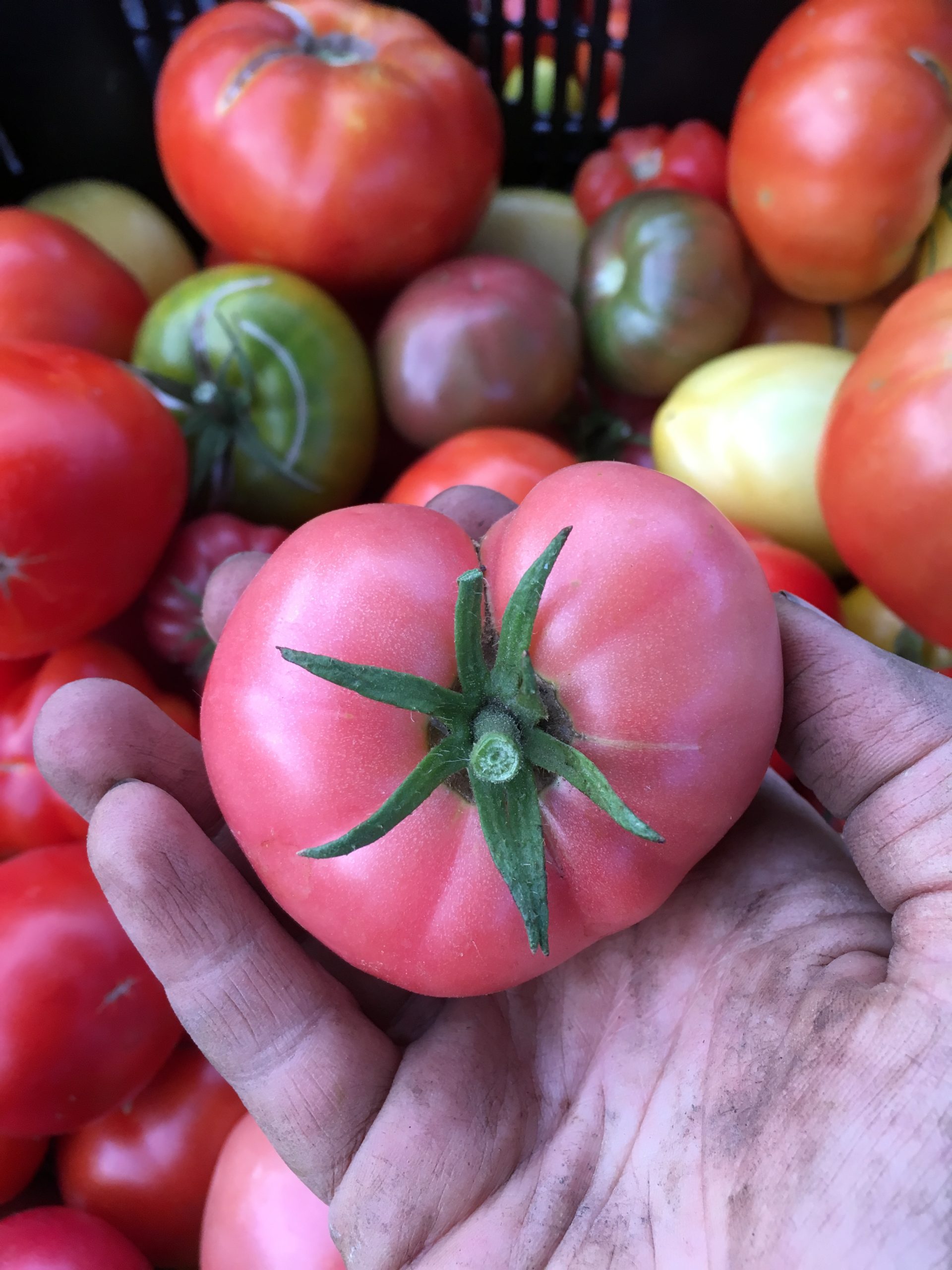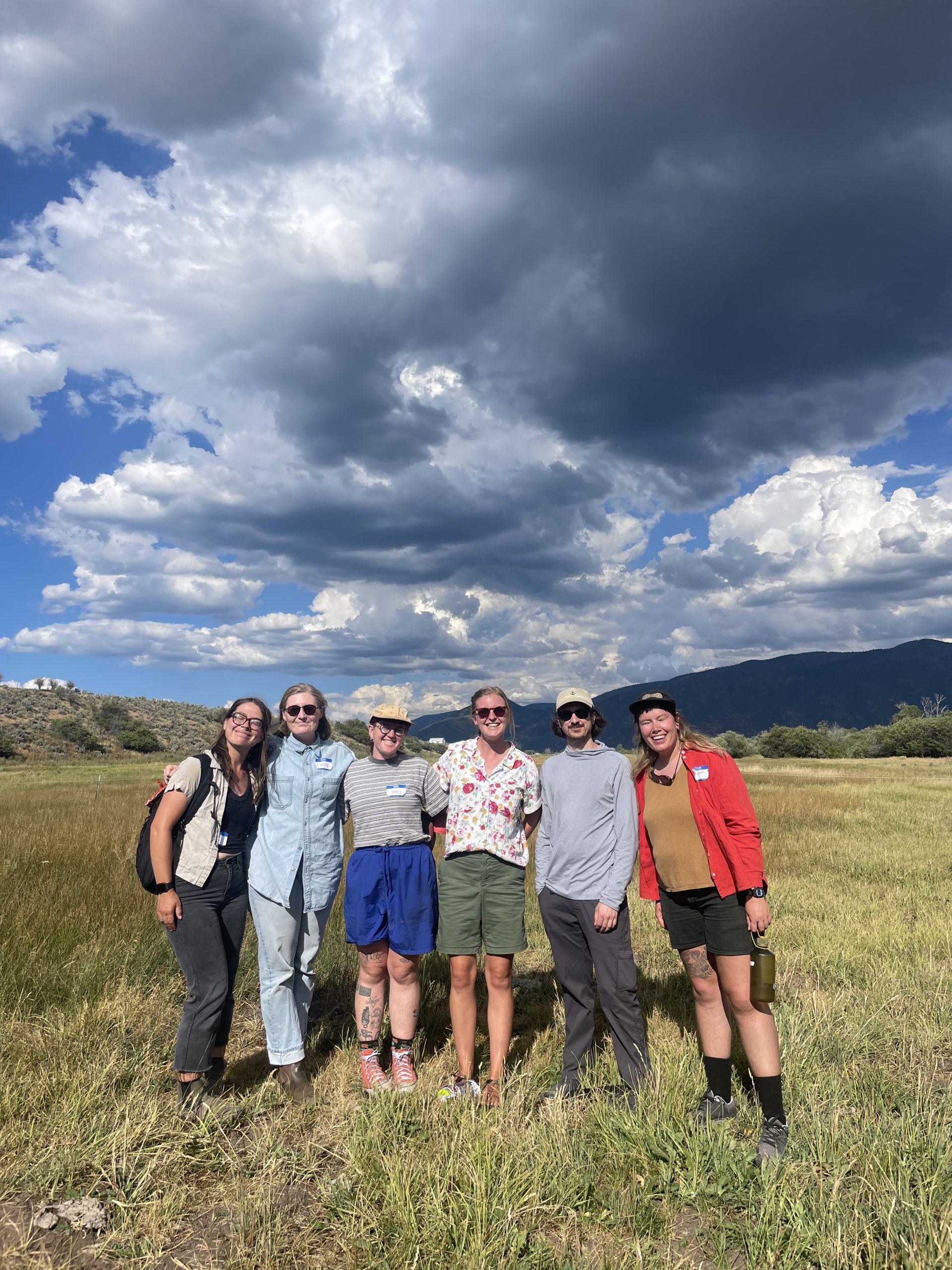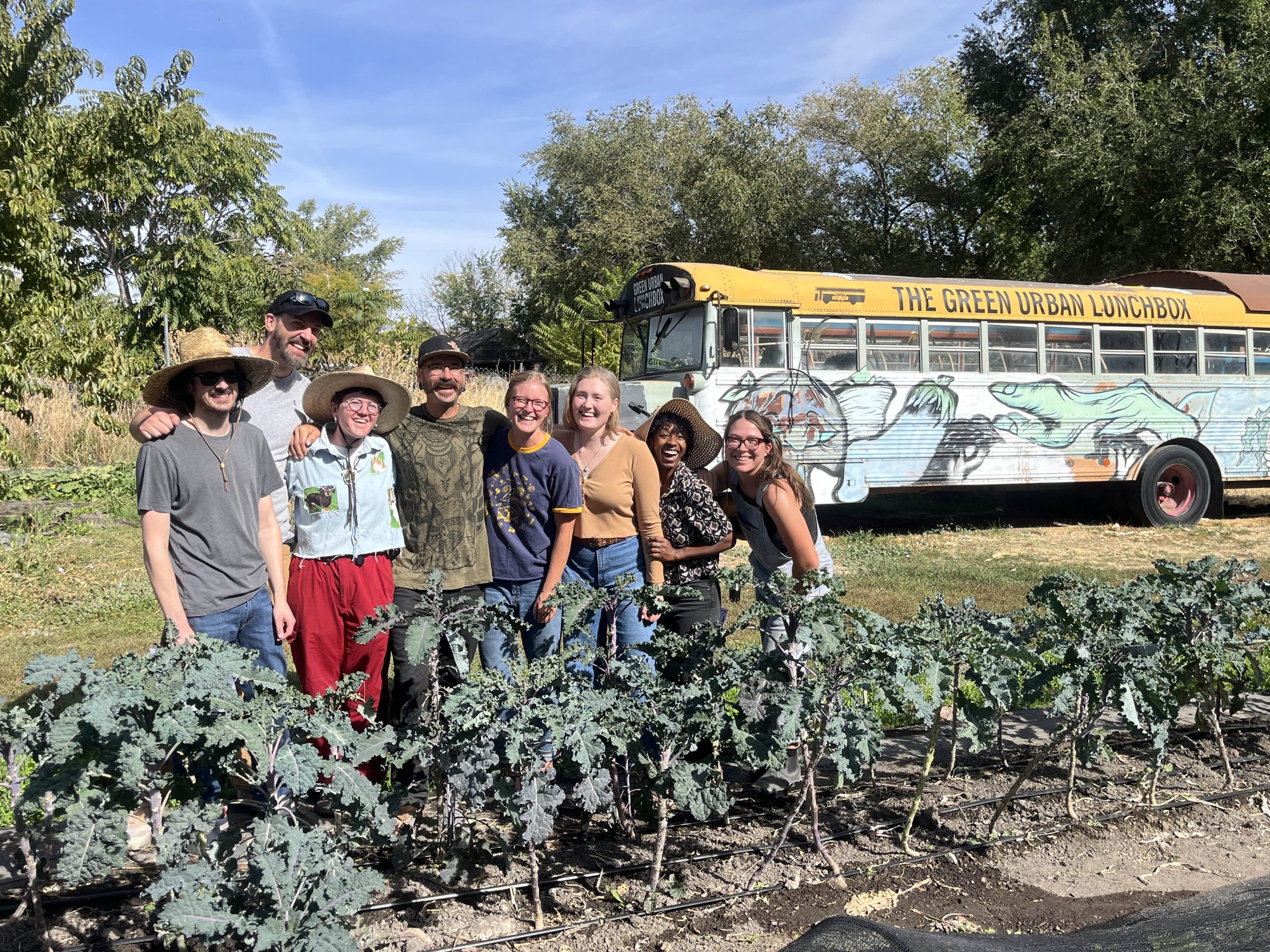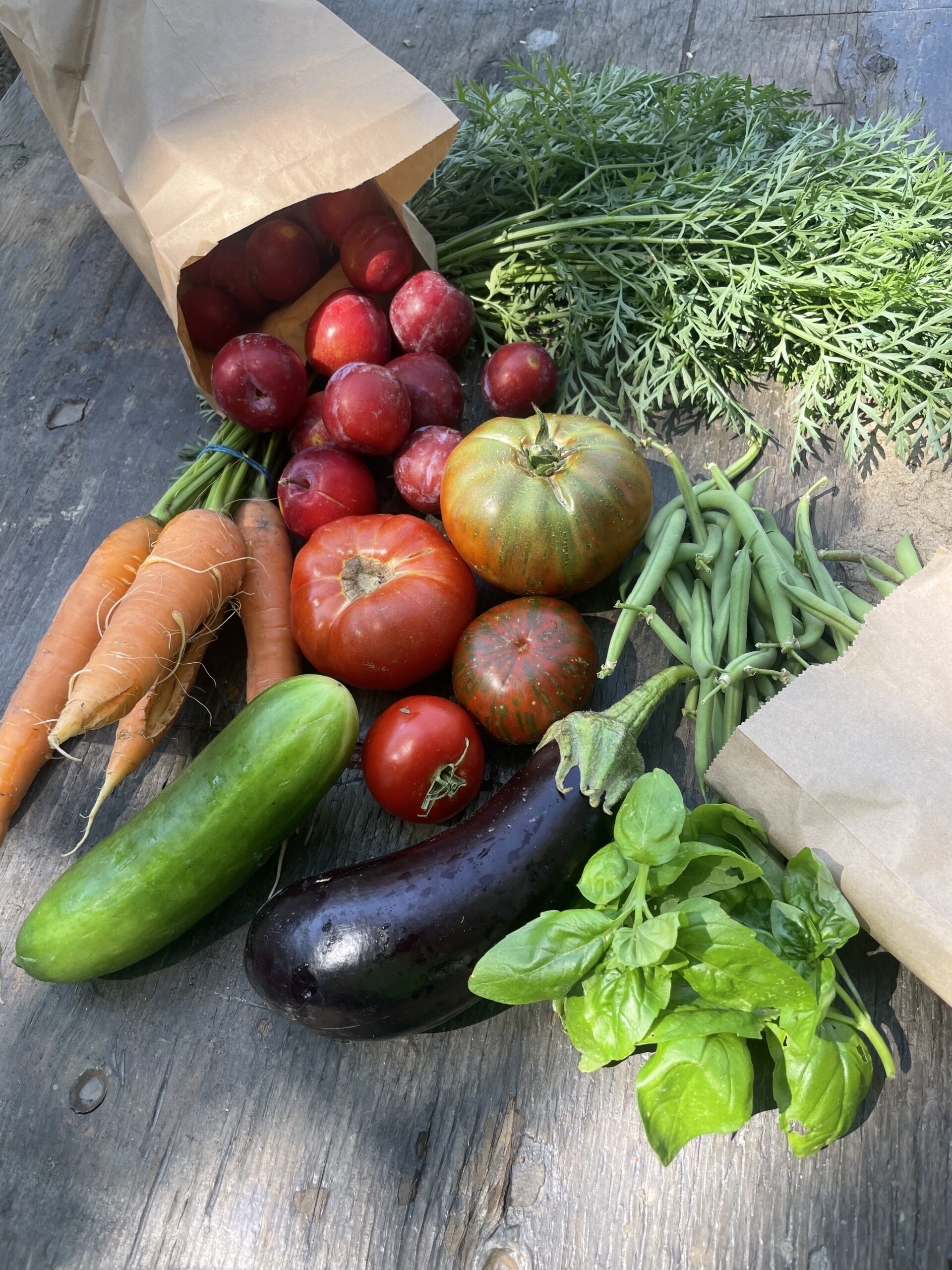
Injustice in the Food System
Jenae Ridge
Like many other structures in place in our country and community, it’s no secret that our food system was created on a foundation of institutional racism and discrimination. African people were brought to America and enslaved to build America’s food economy.
“Calls to “fix a broken food system” assume that the capitalist food system used to work well. This assumption ignores the food system’s long, racialized history of mistreatment of people of color. The food system is unjust and unsustainable but it is not broken—it functions precisely as the capitalist food system has always worked; concentrating power in the hands of a privileged minority and passing off the social and environmental “externalities” disproportionately on to racially stigmatized groups.”
Food First, Dismantling Racism in the Food System
According to the USDA’s census of agriculture, of our country’s 2.1 million farmers, only 8% are people of color and only half of those are owners of land. Land ownership has dropped dramatically for everyone, yet black land lost has dropped at a rate of twice that of white land loss. Over 16 million acres were once owned by African-Americans, now just 2 million acres are farmed by 20,000 black farmers. You can read more on why here. While the people who own the land are primarily white, the majority of farmworkers are people of color. the average income for white food workers is $25,024 a year, while people of color make only $19,349 a year. Paraphrased from this report.
“The resulting poverty from poorly paid jobs is racialized: Of the 47 million people living below the poverty line in the United States, less than 10% are white. African-Americans make up 27% of the poor, Native Americans 26%, Latinos 25.6% and Asian-Americans 11.7%.”
Food First, Dismantling Racism in the Food System
People of Color are more likely to experience food insecurity, poverty, and diet-related diseases. In Salt Lake County, Black or African individuals make up 29% of the people living below the poverty line. More Salt Lake County health/income statistics can be found here. Additionally, even though African Americans only account for 13% of the population, they are 2.5 times more likely to be killed by police than white Americans.
Currently, our food system relies heavily on the backs of Mexican migrant workers who come to the U.S. to work in agricultural fields. This is something that began back in WWII. Their labor was, and still is, exploited by the food system and they experience rampant racism and discrimination.
So, why am I talking about this?
I believe that our work is very important! We are committed to empowering people to connect to food and their communities. Through our efforts and hard work, we can provide food pantries, food banks, and other hunger relief organizations with fresh, healthy food. Something they rarely see. Nonetheless, there is far more we can do to create a food system that is equitable and inclusive, and we need to start by recognizing that.


